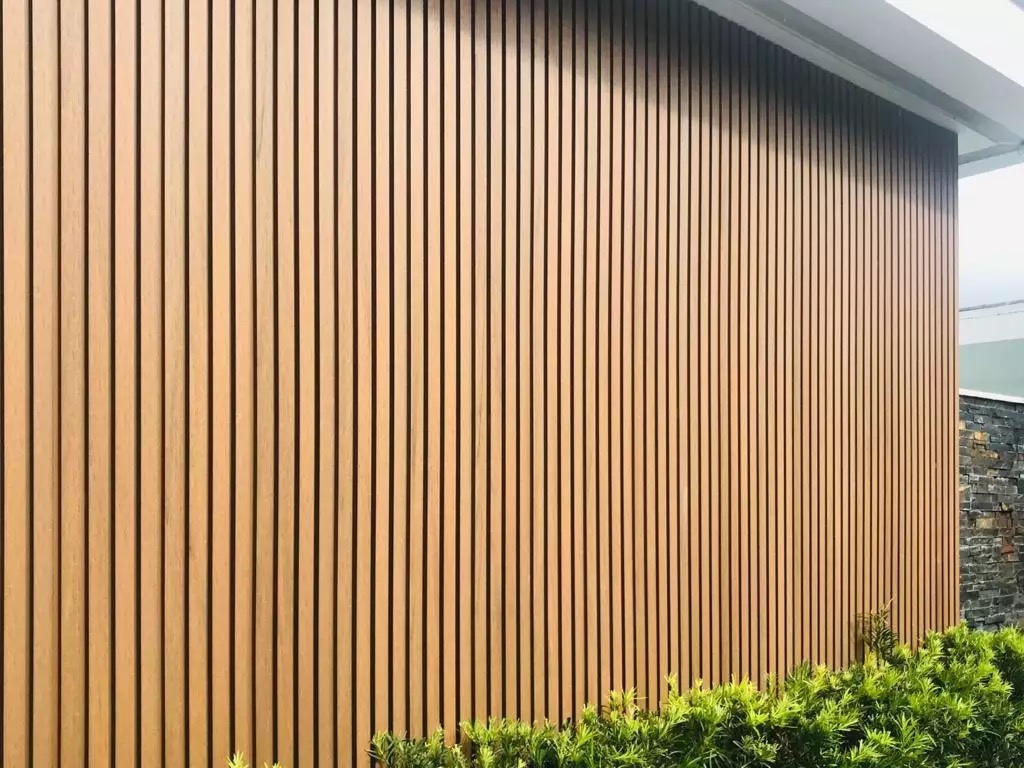In the world of home improvement, one of the key elements for both functionality and aesthetic appeal is exterior wall panels. These panels serve as protective barriers for buildings and also add visual charm. For homeowners and professionals alike, knowing the different types of panels on exterior walls is essential for making informed choices. In this blog, we’ll dive into the common names for panels used on exterior walls, explaining their purpose, materials, and benefits.
1. Wood Panels on Exterior Walls
Wood panels have been a favorite for centuries, known for their natural beauty and warmth. These panels on exterior walls not only provide an appealing rustic charm but also serve as durable protective layers for the structure.
- Natural Oak Panels: Popular for their durability and timeless elegance, oak wood panels are commonly found on exterior walls, offering strength and resilience against the elements. They come in various finishes, including Real Oak Top Finish, adding a touch of luxury to any home.
- Cedar Wood Panels: Cedar is another common material used for exterior wood panels. Known for its resistance to decay, cedar panels on exterior walls are a top choice for homeowners looking for durability and beauty.
When considering wood panels, always evaluate the specific climate conditions and the level of maintenance required. These panels on exterior walls can be treated or painted to extend their life and maintain their appearance.
2. Metal Panels on Exterior Walls
Metal panels are increasingly popular for their industrial appeal and long-lasting nature. Typically made from steel or aluminum, these panels on exterior walls are robust, providing excellent protection against weathering.
- Corrugated Metal Panels: These panels have a distinct wave-like pattern and are often used in modern and industrial-style buildings. Their lightweight nature makes them easy to install while offering superior durability.
- Flat Metal Panels: Flat panels provide a sleek and smooth appearance. Often used in commercial structures, flat metal panels on exterior walls give a contemporary look that is both minimalistic and strong.
Metal panels are highly resistant to fire and pests, making them an excellent choice for safety-conscious homeowners. However, proper installation is key to prevent issues like rust or water penetration.
3. Vinyl Panels on Exterior Walls
Vinyl siding panels have become a mainstay in the exterior wall panel market due to their affordability and low maintenance. These panels are made from PVC (polyvinyl chloride) and can mimic the look of wood, stone, or other materials at a fraction of the cost.
- Shingle Vinyl Panels: These panels resemble traditional wooden shingles but are made from vinyl. They offer the same charm without the need for regular maintenance that comes with wood.
- Board and Batten Vinyl Panels: This style mimics classic wooden board and batten siding, which consists of wide boards with narrow strips covering the seams. These panels on exterior walls create a visually appealing look for traditional and modern homes alike.
Vinyl panels are favored for their easy upkeep, as they do not require painting and are highly resistant to weather damage.
4. Fiber Cement Panels on Exterior Walls
Fiber cement is a composite material made from cement, sand, and cellulose fibers. These panels are renowned for their durability and resistance to harsh environmental conditions. They can also mimic the appearance of wood, stone, or brick.
- Lap Siding Fiber Cement Panels: Resembling traditional wooden lap siding, these panels on exterior walls provide a classic, clean look while offering the toughness of cement.
- Shakes and Shingles Fiber Cement Panels: These are designed to replicate the look of natural wood shingles, providing a textured appearance that adds character to any home exterior.
Fiber cement panels are fire-resistant and require minimal maintenance, making them a highly practical choice for homeowners looking to enhance both the safety and beauty of their homes.
5. Composite Panels on Exterior Walls
Composite panels are engineered from a combination of wood fibers, plastic, and other materials to form highly durable and low-maintenance exterior wall panels. They are designed to offer the appearance of natural materials, like wood or stone while benefiting from the added durability of modern manufacturing.
- Wood-Plastic Composite (WPC) Panels: These panels are a mix of wood and plastic, combining the best qualities of both. WPC panels on exterior walls are ideal for outdoor applications as they resist rot, moisture, and UV damage.
- Aluminum Composite Panels (ACP): ACPs consist of two thin layers of aluminum bonded to a non-aluminum core. These panels are lightweight, strong, and are often used in both residential and commercial settings for their modern look and durability.
Composite panels offer versatility in design and performance, making them an increasingly popular choice in modern architecture.
FAQs About Panels on Exterior Walls
1. What are the most durable panels for exterior walls?
Fiber cement and metal panels are known for their extreme durability. They resist fire, pests, and harsh weather conditions, making them ideal for long-term use.
2. Can wood panels be used on exterior walls?
Yes, wood panels, especially those made from durable species like oak or cedar, are commonly used on exterior walls. However, they require proper maintenance to prevent damage from moisture and pests.
3. Are vinyl panels suitable for all climates?
Vinyl panels are versatile and can be used in various climates. However, extreme heat may cause them to warp, and they can become brittle in freezing temperatures.
4. How often do exterior wood panels need to be maintained?
Exterior wood panels generally require maintenance every few years. This can include re-staining, painting, or treating the wood to protect it from moisture and pests.
5. What is the best panel type for energy efficiency?
Insulated metal panels and fiber cement panels are excellent choices for improving a building’s energy efficiency. They help maintain interior temperatures by reducing heat transfer.








